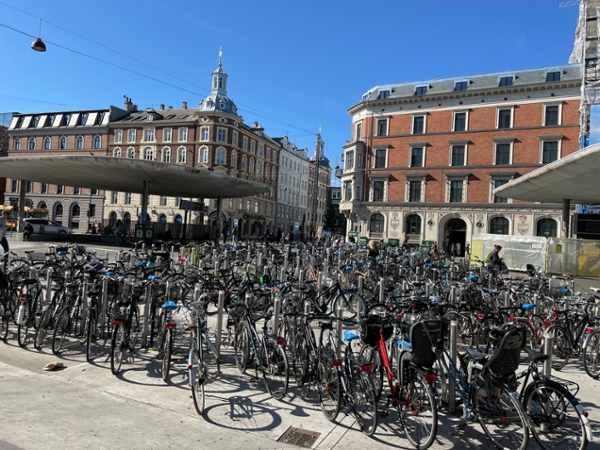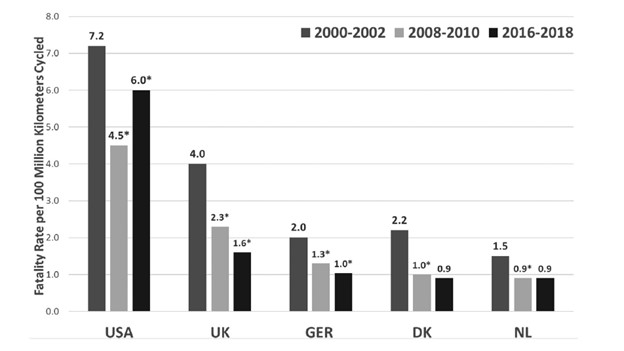Blog #1 - September 22, 2023
Saskatoon team (City-University-Health) ready to learn about city-building in Copenhagen.

The first thing a visitor notices arriving in Copenhagen is the simplicity and beauty of all things made by people—and the bikes. Walking through the airport waiting area, on the metro ride into town and emerging into one of the busy main squares, Kongens Nytorv, everything around you seems they have found their proper place, simple and elegant structures, and forms--and beautiful.
Then there are bikes. Streams of bikes traveling at a clip and ridden by cyclists of all ages. These cyclists are not out for a Sunday morning leisurely ride. They are going places—on bikes. Crossing the road involves looking out for the flow of bikes as well as for the cars. I read that there are 5 times more bicycles than cars in Copenhagen!
The street scene couldn’t be any more different here than in my hometown, Saskatoon.
It is exciting to be back in Copenhagen. This time with a sharp focus to look and learn how Copenhagen does ‘city’ so well. It is not by accident that they have emerged as among the leading cities globally for their innovative approach to city-building—a quality of life for all its citizens now and into the future. I am endlessly curious to know what lessons Copenhagen will have to teach us.
It is great to have Saskatoon Mayor Charlie Clark, head of city planning and development, Lesley Anderson, head of transportation, Jay Magus, and Saskatchewan Health Authority’s health promotion and built environment specialist, Cora Craig, on this study tour. The multiple perspectives, experiences and expertise represented amongst us is necessary to get the most out of our visit and to apply what we learn back in Saskatoon. It takes multiple dedicated people to make change.
We begin tomorrow, Sunday the 24th. After the preliminaries, we will dive into a discussion about the challenges we all face—four cities/regions represented here: Saskatoon, Brandon, Guelph, Oshawa—in relation to active transportation, creating attractive and inclusive public places, and sustainability.
Then, we pick up our bikes that we will keep for the next three days. The first ‘bike and learn’ lesson is in the afternoon: Bicycle Strategy and Implementation in Copenhagen, followed by a biking tour on the streets of Copenhagen led by Cycling Embassy of Denmark, a network of over 40 organizations improving cycling facilities and sharing cycling know-how.
I am looking forward to this first immersive experience of being on the streets of Copenhagen on a bike.
Good cycling infrastructure like in Copenhagen is much more than getting places conveniently; it can literally save lives. Safe cycling and walking are a critical element of good road infrastructure. Here's something to ponder (reposted from CED facebook) considering our week in Copenhagen:
Cyclist fatality rate per 100 million kilometres cycled in the USA, the UK, Germany, Denmark, and the Netherlands, 2000–2018.
For every Danish cyclist killed there are 6.7 American cyclists are killed between 2016-2018.

Source: Ralph Buehler & John Pucher (2020): The growing gap in pedestrian and cyclist fatality rates between the United States and the United Kingdom, Germany, Denmark, and the Netherlands, 1990–2018, Transport Reviews https://doi.org/10.1080/01441647.2020.1823521
